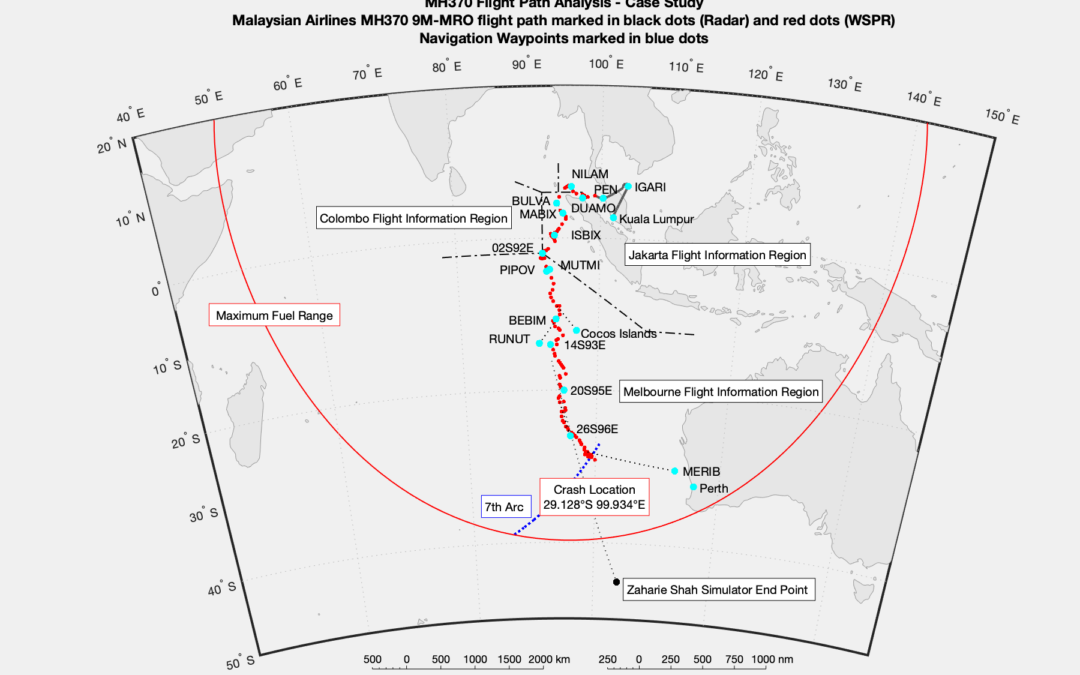
by Richard Godfrey | Aug 31, 2023 | WSPR
MH370 is one of the greatest aviation mysteries of all time. Malaysian Airlines flight MH370 was operated by a Boeing 777 aircraft with the registration 9M-MRO. The aircraft departed Kuala Lumpur International Airport, Malaysia on 8th March 2014 just after midnight at...
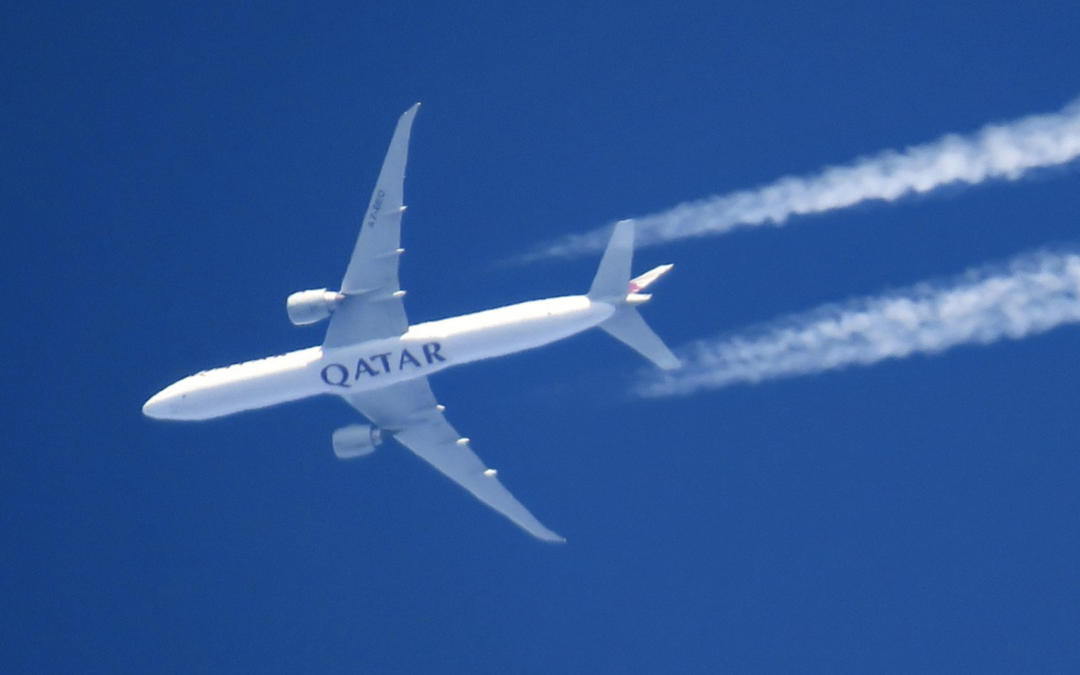
by Richard Godfrey | Jun 9, 2023 | WSPR
Qatar Airways flight QTR901 registration A7-BEO departed Perth International Airport on runway 21 on 1st November 2022 at 15:06:50 UTC (23:06:50 AWST local time). There was good weather in the Perth area that evening with a high pressure zone and a surface pressure of...
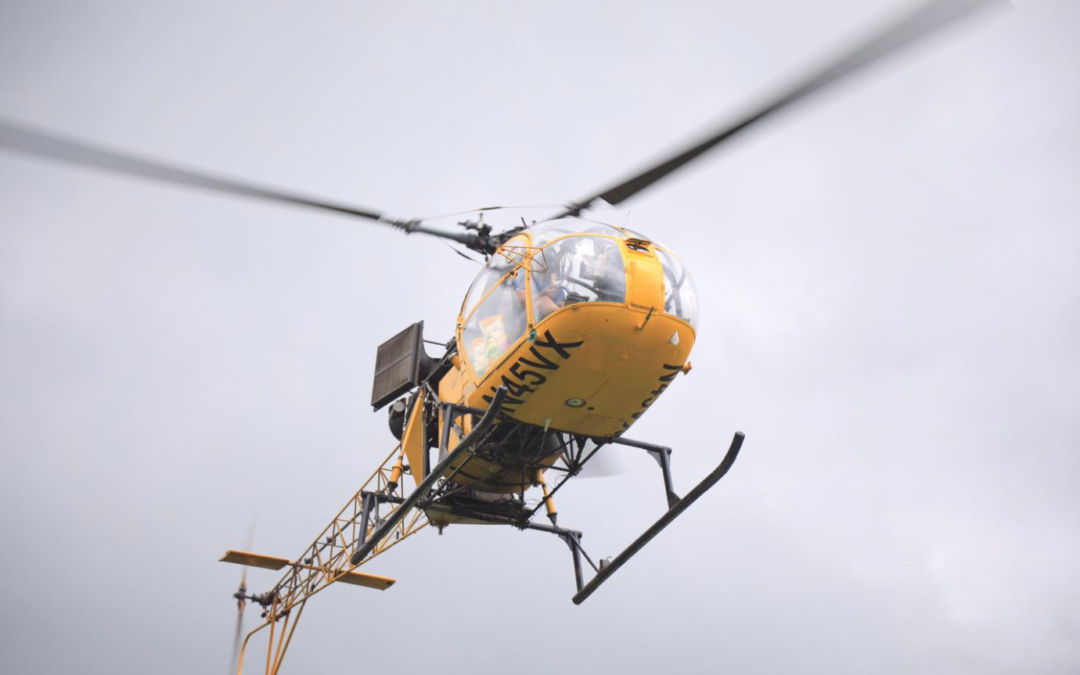
by Richard Godfrey | Apr 18, 2023 | WSPR
In this case study we analyse the tragic flight of an Alouette II SE313B medical evacuation helicopter registration N45VX, which crashed off the coast of Palawan Island in the Philippines on Wednesday 1st March 2023. The helicopter was known locally as the ‘Yellow...
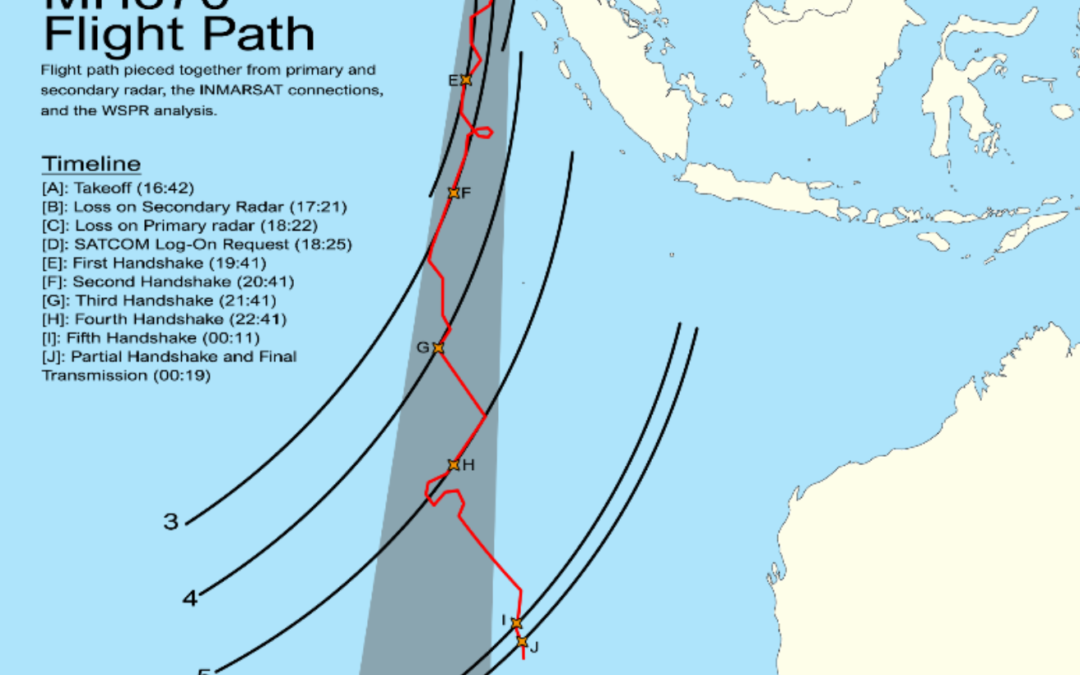
by Richard Godfrey | Feb 26, 2023 | Flight Path
A Comprehensive Overview on the Ongoing Search for MH370 by Gerard Mendoza Ferrandis. On 8 March 2014, the greatest mystery in the history of aviation took off from Kuala Lumpur International Airport (KUL) en route to Beijing Capital International Airport (PEK). How...

by Richard Godfrey | Oct 28, 2022 | WSPR
In this case study we analyse the tragic flight of a Cessna 551 Citation II/SP registration OE-FGR, which crashed after fuel exhaustion into the Baltic Sea off the coast of Latvia on Sunday 4th September 2022. The aircraft departed Jerez-La Parra Airport (XRY) in...
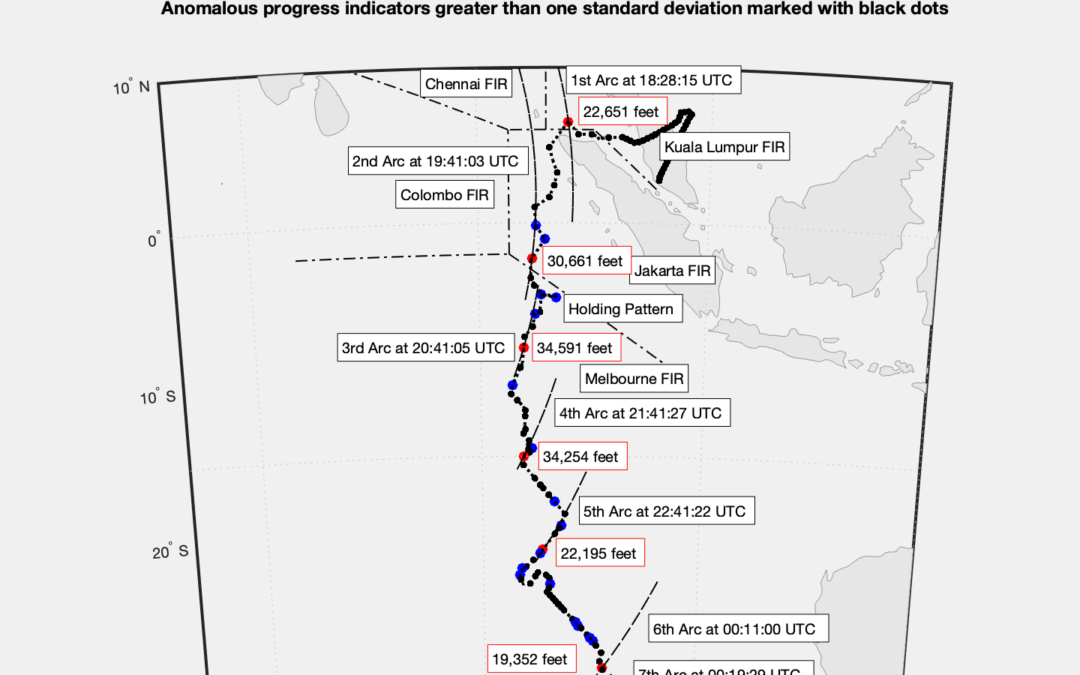
by Richard Godfrey | Sep 8, 2022 | WSPR
MH370 crashed between 00:22 UTC and 00:27 UTC. At 00:22 UTC the position from the WSPRnet analysis was estimated to be 30.00°S 98.70°E. At 00:26 UTC the position from the WSPRnet analysis was estimated to be 30.57°S 98.75°E. The crash location is further north than...
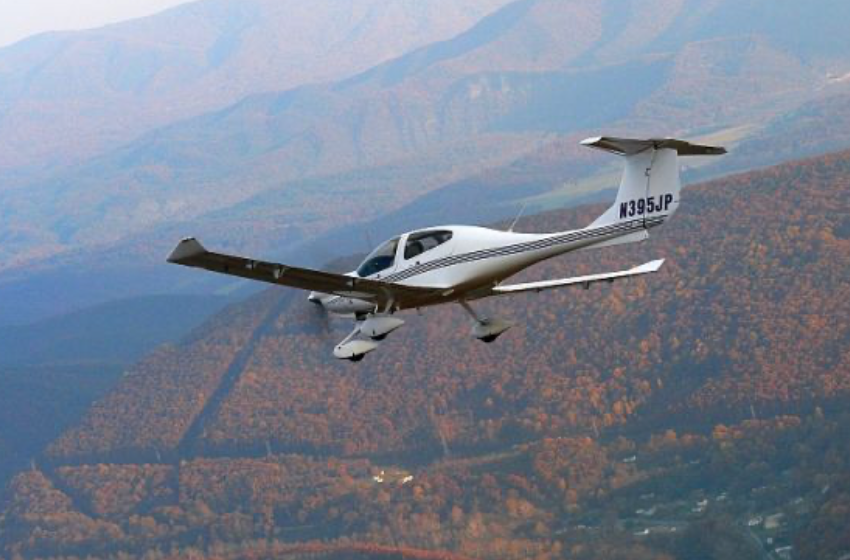
by Richard Godfrey | Jul 13, 2022 | WSPR
In a previous paper we have successfully detected and tracked a large aircraft, a Boeing 777-300ER, but what about small aircraft. In this case study we detect and track the flight of a Diamond DA40 single engine aircraft registration N395JP during a 48 minute...
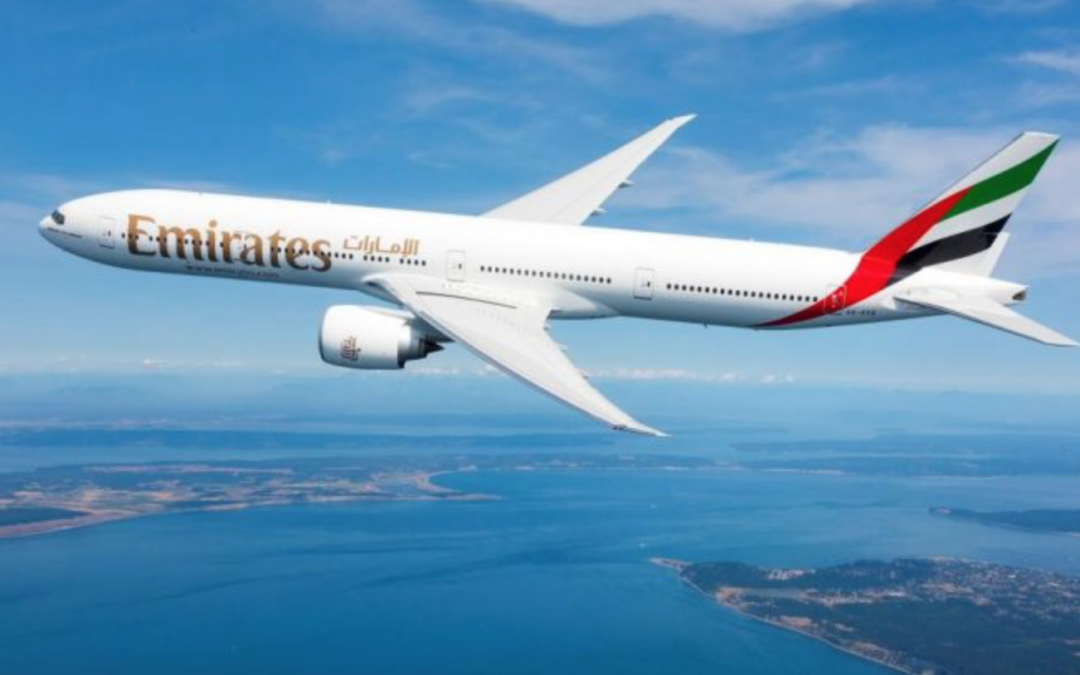
by Richard Godfrey | Jun 23, 2022 | WSPR
Emirates flight EK421 on 1st June 2022 from Perth, Australia to Dubai, UAE took 10 hours 31 minutes. The aircraft operating this flight was a Boeing 777-300ER and departed Perth International Airport at 14:26 UTC arriving in Dubai International Airport at 00:57...

by Richard Godfrey | Jun 1, 2022 | WSPR
There are around 4 Million WSPRnet global links between amateur radio transmitters and receivers every day. Approximately 60,000 of these are propagations over distances greater than 15,000 km. The question arises exactly how far can HF radio waves propagate?...
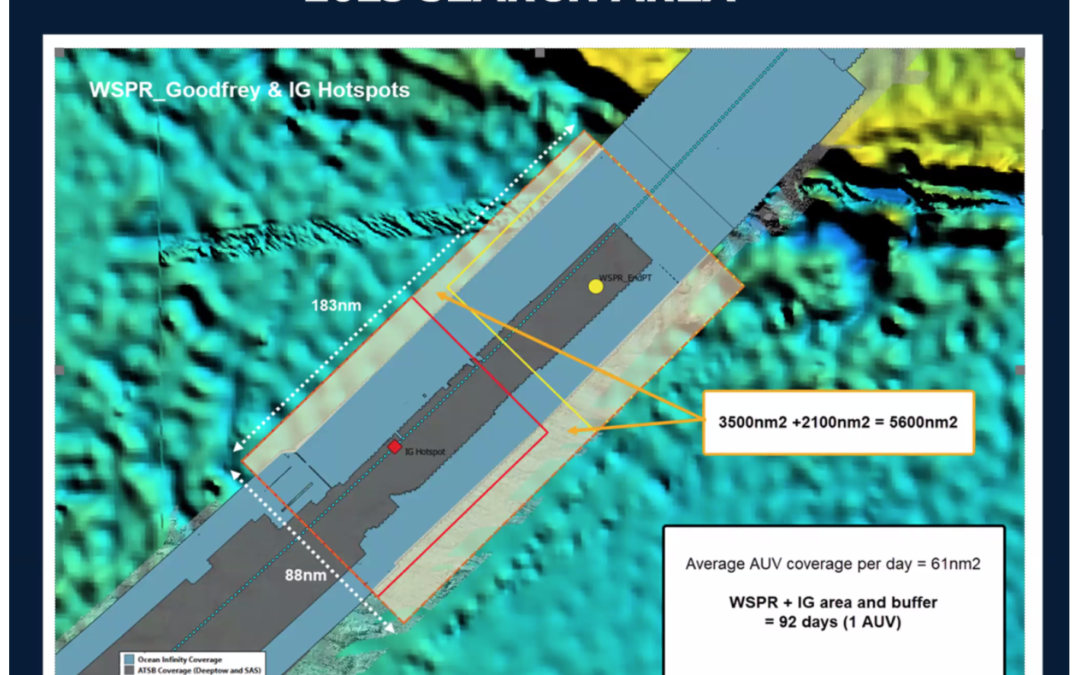
by Richard Godfrey | Mar 14, 2022 | WSPR
WSPR technology can be used to detect and track aircraft. This paper underpins the flight path report published 31st December 2021 which provided the findings every two minutes during the entire flight of MH370 from 7th March 2014 16:42 UTC to 8th March 2014 00:20...
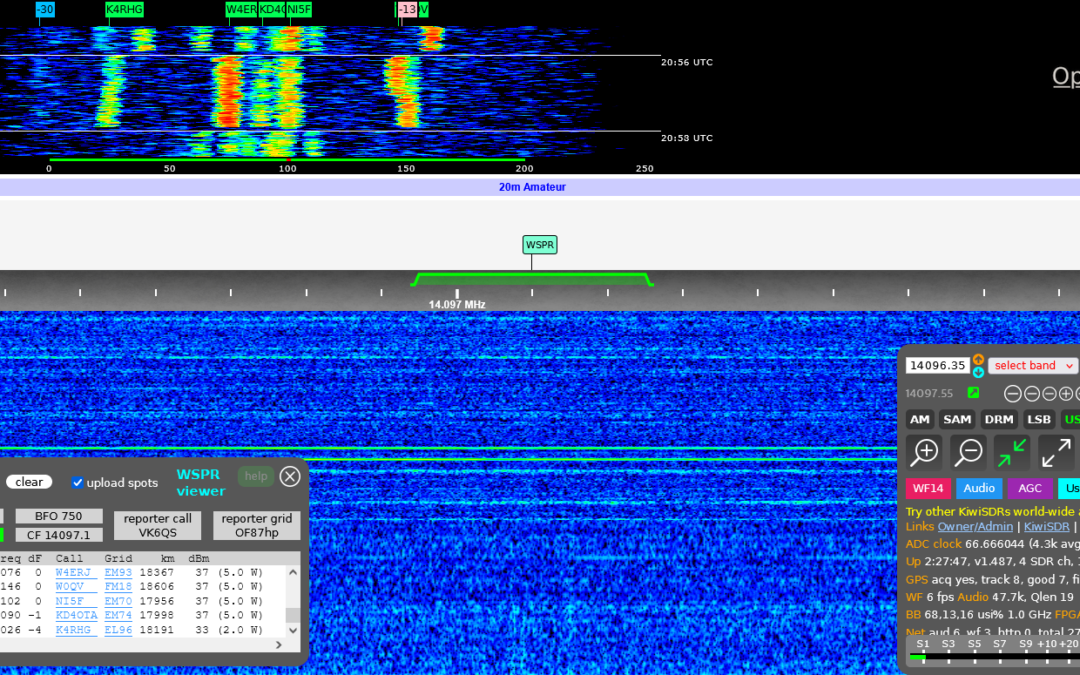
by Richard Godfrey | Mar 1, 2022 | WSPR
Rob presents his working paper on remote sensing of aircraft in the Southern Hemisphere by using WSPR at open sea without surveillance radar and ADS-B location, demonstrated using four different cases. Rob asks 4 key questions in his paper and provides the answers: Is...

by Richard Godfrey | Feb 8, 2022 | WSPR
Elon Musk’s SpaceX Falcon 9 lifted off from the Kennedy Space Center on 3 February 2022 at 18:13:20 UTC with 49 Starlink satellites to be deployed on mission Starlink 4-7. As the Falcon 9 was inclined towards the equator at approx 53 degrees, TI4JWC in Costa...














Recent Comments